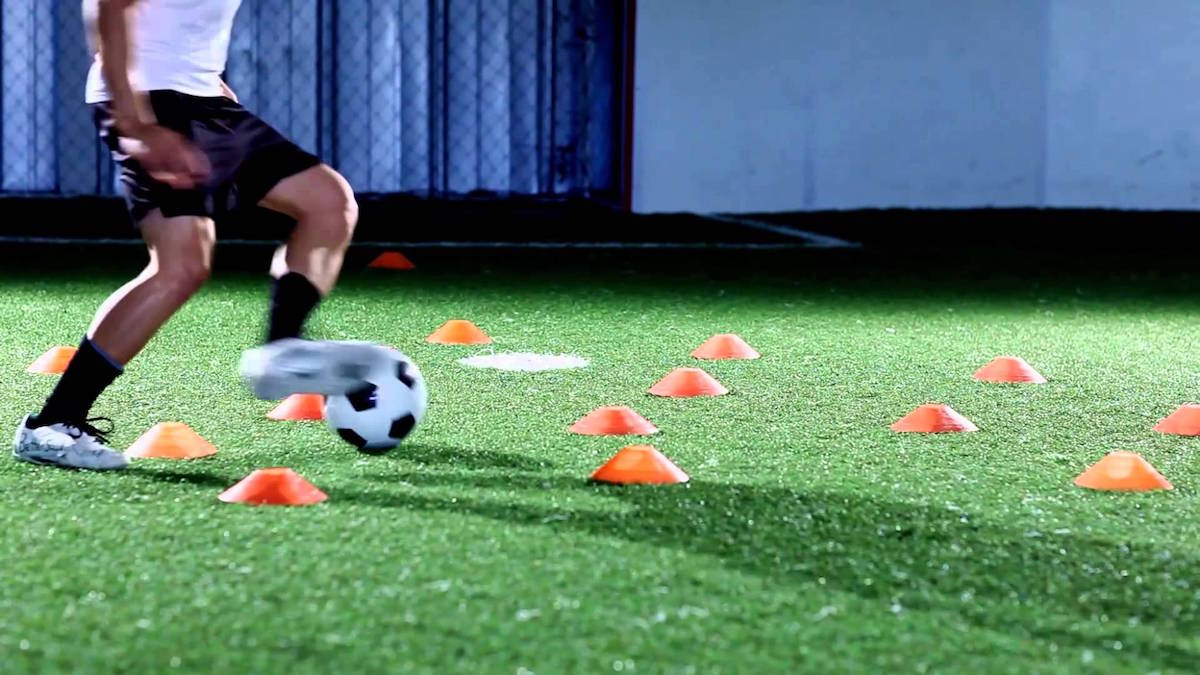The “linear vs. nonlinear” periodization debate have been going on for a while in the strength and conditioning literature. Simplistically, a linear periodized program has a constant intensity/volume within a week. For example, this week we’re going to train at 80% of 1-RM. A nonlinear periodized program manipulates the variables within the week. For example, Monday might be a really heavy day, Wednesday a light day, and Friday an in-between day.
Moraes et al, in the December issue of the Journal of Strength and Conditioning Research, studied the effects of structured strength training programs on adolescent males. The authors studied 38 males, mean age around 15, and put them into three groups. A control group (no exercise), a nonperiodized group (NP), and a daily non linear periodized group (DNLP). Both the exercise groups trained three times per week for 12 weeks. The workout programs were using selectorized equipment and were total body workouts. The NP group did three sets of 10-12RM on each exercise in each session. The DNLP group had a heavy day (3-7RM depending upon the week), a medium day (8-12RM depending on the week), and a light day (13-20RM depending upon the week). The subjects were tested on their machine bench press 1-RM, their leg press -1RM, their countermovement vertical jump (CMJ), and their standing long jump (SLJ).
Results after twelve weeks of training:
- Both groups made great gains on the machine bench press and the leg press. The NP group improved their bench by almost 19%, the DNLP group by almost 36%. The NP group improved their leg press by almost 89%, the DNLP group by almost 107%.
- Both groups improved their jumping, but the results were not as great as with the lifting tests. The NP group improved their CMJ by almost 5%, the DNLP group by 5%. The NP group improved their SLJ by almost 2%, the DNLP group by 2%.
In terms of strength gains, the DNLP program was superior to the NP one. Neither program was superior in terms of improving jumping. A few observations: first, it should be noted that the training volumes were equated so that both groups performed the same amount of work. This is an important thing to notice because in many studies that compare periodized versus nonperiodized, the periodized group does more work which might account for the better training gains. Second, the periodized group trained the heaviest in this study. In other words, the group that trained the heaviest also made the best increases in strength. We don’t know, for example, what the results would have been had the NP group trained at 3-7RM. To a point, this study is comparing apples to oranges because of this. Third, the subjects are untrained and as far as we can tell are not athletes. This is important because a training history and fitness level will radically change the effectiveness of these programs. For example, a training history might have made the NP program ineffective. This means that the results of this study should be applied to athletic populations with great care. It should also be noted that the training program is not one that would be performed with 14-18 year old athletes.
There are some interesting things to take home from this study, however. First, structured strength training works for untrained 14-18 year old males. Improving strength levels on the leg press by 89-107% and machine bench press by 19-38% over twelve weeks is great. Second, the transfer of the strength training to sports performance measures (i.e. the jumps) was very poor. This reinforces several things:
- This type of strength training was very general in nature.
- If we want to improve something, we have to train for it – otherwise we cannot expect it to improve.
- Learning how to apply force quickly is a skill. This program didn’t address that.
- Vertical and standing long jumps are skills, this program didn’t address them.
One of the challenges I have with this type of study is that we are manipulating the sets, reps, and training intensities over a very short term and calling it periodization. I think this is inaccurate and, in a sense, dumbs down periodization and program design for strength and conditioning professionals. Periodization is the totality of an athlete’s training over a really long period of time that is designed to prepare an athlete to be at their best at the most important competitions. In other words, it is a lot more than strength training and is more important than increasing one’s 1-RM on two lifts. It incorporates speed, agility, plyometric, sports, tactical, technique, recovery, competition, practices, etc. into the training. The idea that we’re going to manipulate a couple of variables on one exercise mode and call is periodization really sells the entire concept short.
Moraes, E., Fleck, S.J., Dias, M.R., and Simao, R. (2013). Effects on strength, power, and flexibility in adolescents of nonperiodized vs. daily nonlinear periodized weight training. Journal of Strength and Conditioning Research, 27(12): 3310-3321.



